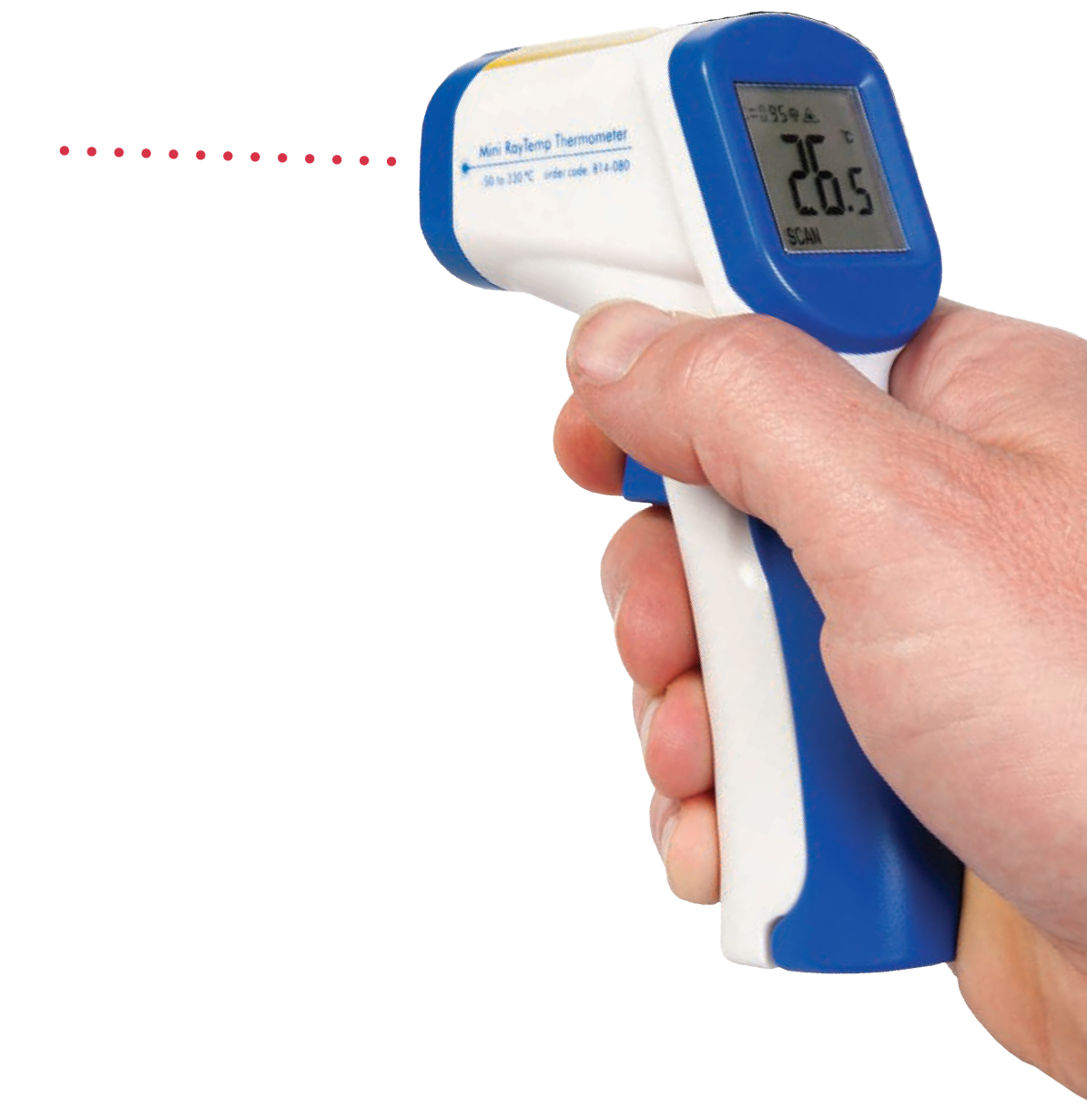The measurement of temperature is a very important aspect for the reliability and safety of any laboratory or industrial procedure. Your ability to perform an industrial process or reaction the way that it should be done depends upon these measurements. If your temperature measuring equipment shows an error and is giving you false readings, you can find yourself in a disastrous situation such as blowing up your entire factory or laboratory. Therefore, it is important to maintain accuracy. The regular calibration of your temperature measuring equipment is very important since it will enable you to recognize alterations in the measured and actual value of temperature; then you will finally be able to apply the corrections to your inaccurate readings.

Temperature Calibration Procedure
The calibration of an instrument for temperature measuring is a critical element of the quality assurance process within any industry. The procedure for temperature calibration may involve two different methods: the fixed point method and the comparison method.
The Fixed Point Method
This method is generally used when a highly accurate calibration is needed. This is a rather challenging method to undertake due to the complexity of the instruments and the various cautions that need to be observed in order to notice the fixed points successfully. During this process, the thermometer is placed within a fixed point cell that will provide an isothermal atmosphere. The calibration is gained by exposing this thermometer to a group of fixed points of temperature. These fixed points of temperature are usually boiling point, melting point, and triple points of the substances when they are in their pure forms. The most challenging portion of this procedure is getting the substances that don’t have impurities, since the presence of impurities would make it very difficult to successfully obtain these temperatures at a fixed point.
The Comparison Method
This is the most common method used. The thermometer reading that is being calibrated is compared alongside a standard reference thermometer that is inside a thermally stabilized furnace or bath. This standard reference thermometer might be a liquid-in-glass thermometer or a platinum resistance thermometer. The atmosphere that is used for this thermometer would be based on the interested temperature range. If you are searching for temperatures that are low, you might look to a jacketed vacuum copper block. However, if you are searching for temperatures that are higher but are below300 degrees Celsius, the appropriate atmosphere would be a controlled liquid stirred bath. To make sure that your calibration is correct, you should make sure that the sensors are staying in place, which indicates that the temperature is maintained throughout the atmosphere.
The Periodic Calibration of a Thermometer Should Be a Regular Process
When there is stress, improper maintenance, or aging, the performance of any kind of machine will deteriorate. This is also true for any type of device for temperature measuring. The reading quality might deteriorate in time because of many different factors such as exposure to mechanical/thermal stress or impurities/pollutants. This is why periodic calibration needs to be a part of the procedures for standard operating. The type of equipment that is needed for the calibration would be dependent on the level of accuracy that is required. Since calibration is a challenging process that requires the use of many sophisticated pieces of equipment, it is suggested that you look into companies that offer professional services in temperature calibration. These companies will make use of sophisticated equipment, skilled technicians and advanced procedures for temperature calibration that will carry out the process in the best way possible.
This article, written by Camia Sidle, explains the importance of making sure that your temperature readings are correct. She has completed her master degree on engineering and practically worked on temperature calibration. She just tried to give some idea that she learned from her practical experience.

